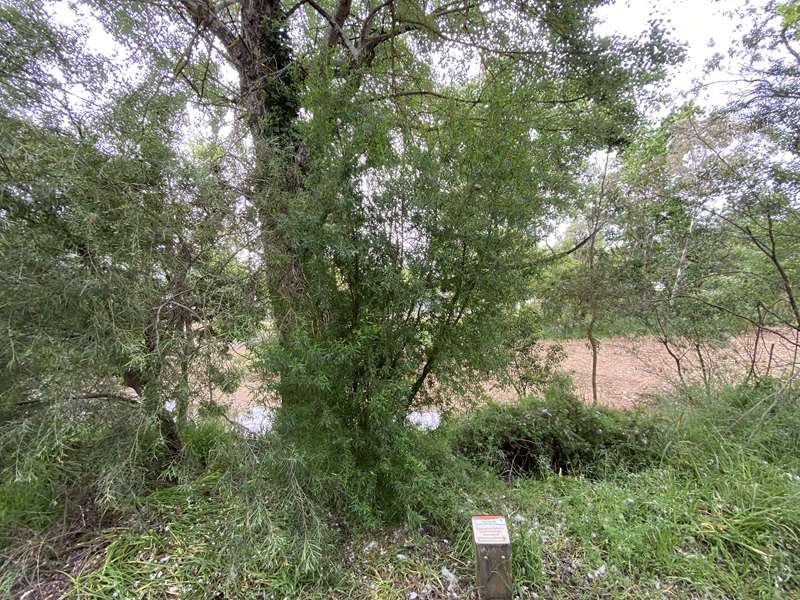Alexandra - Red Gate Bush Tucker Trail


The town of Alexandra was originally known as the Red Gate by early settlers and Red Gate Diggings by gold miners in late 1866. The Red Gate, situated on the banks of the Ultima Thule Creek, marked the break in the boundary fence between two pastoral runs.
The plantings of Australian native food plants (bush tucker) along the pathway represent the years the land was inhabited by its traditional owners. This replica of the Red Gate represents early European settlement and the beginnings of Alexandra, as we know it today.
Plants on the trail include:
Silver Banksia - A sweet nectar drink is extracted from the 'Silver Banksia' by soaking the flowers. The dried cone is used as a strainer
Purple Coral Pea - The roots of the 'Purple Coral Pea' are edible
Pale-Flax Lily - The strap like leaves of the 'Pale-Flax Lily' are used in fibre form for basket making. The leaves are boiled as tea. Both the berries and roots are edible with the berries also being used to dye Lomandra leaves for making baskets.
Spiny Headed Mat Rush - The base of the 'Spiny Headed Mat Rush' strap like leaves taste like fresh peas. The leaves are also used in weaving.
Rough-Bark Honey-Myrtle - The 'Rough-Bark Honey-Myrtle' flowers are a source of nectar.
River Bottlebrush - The crushed leaves of the 'River Bottlebrush' are used like tea leaves. The nectar is obtained by either sucking or soaking in water.
Austral Indigo - The crushed leaves of the 'Austral Indigo' are added to water to stun fish and eels.
Pre-European
Aborigines of the Kulin nation inhabited the district from the Yarra River to the Alps and north to the Ovens River. The local clan, the Warring-illum-balluk (which translates as river dwelling people) spoke the Taungurong language, Daung Wurring.
Squatter Era 1840 -
First European arrivals were sheep graziers, following reports in 1836 of the explorers Hume and Novell.
Gold Era 1860 -
Following gold discoveries in 1860, towns developed at Alexandra and Yea, with smaller settlements around the gold diggings. When gold had petered out by 1880, the towns survived on farmers working small selections.
Timber Era 1890 -
Modern Era 1930 -
Tourism, primarily from Melbourne, was established from 1930 based on rivers and new weirs, for caravanning, fishing and water sports. The railway was closed in 1978 as industries no longer relied upon it. Tourism continues to be an important industry to Alexandra.
Photos:
Location
49 Grant Street, Alexandra 3714 Map











